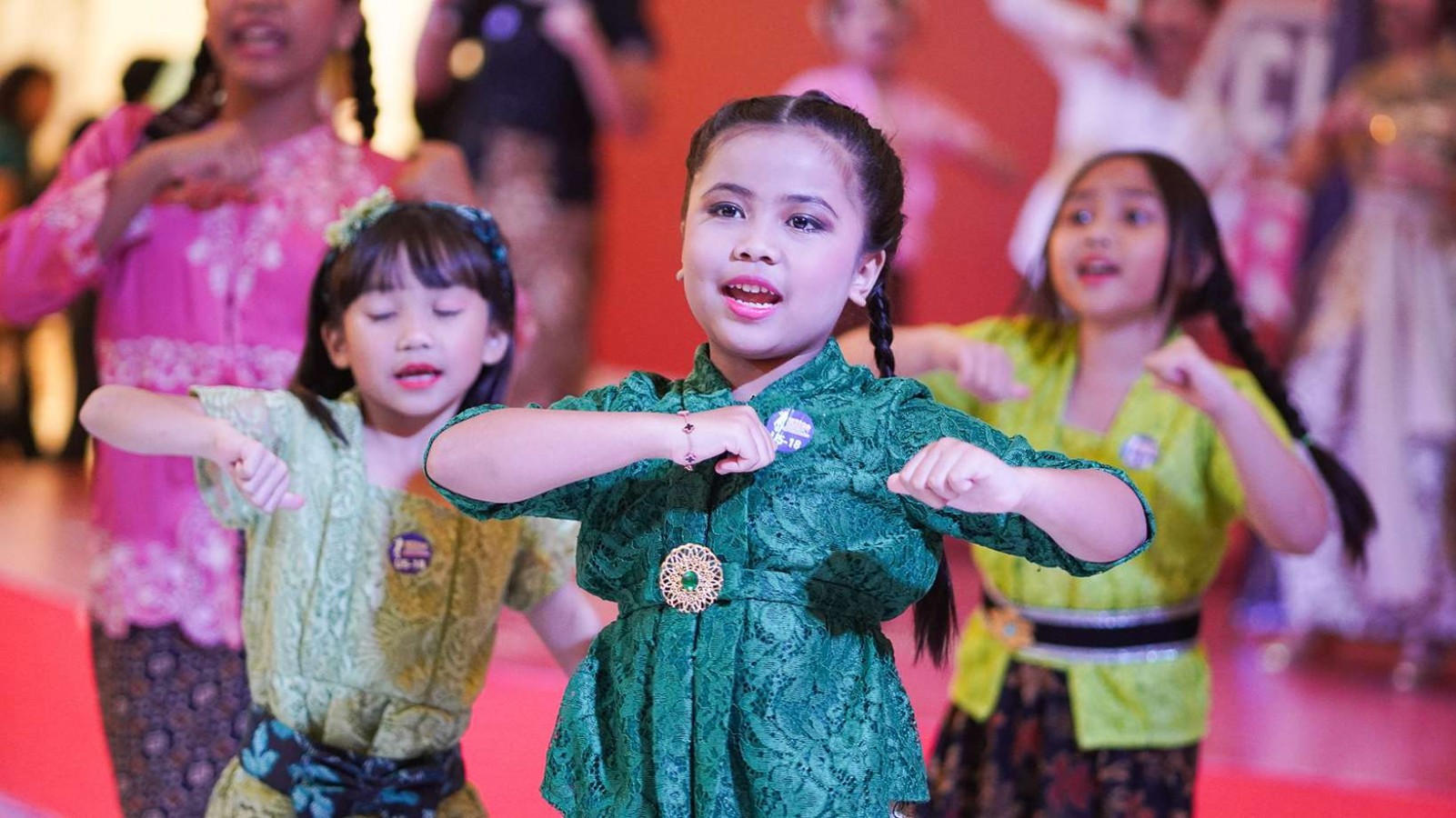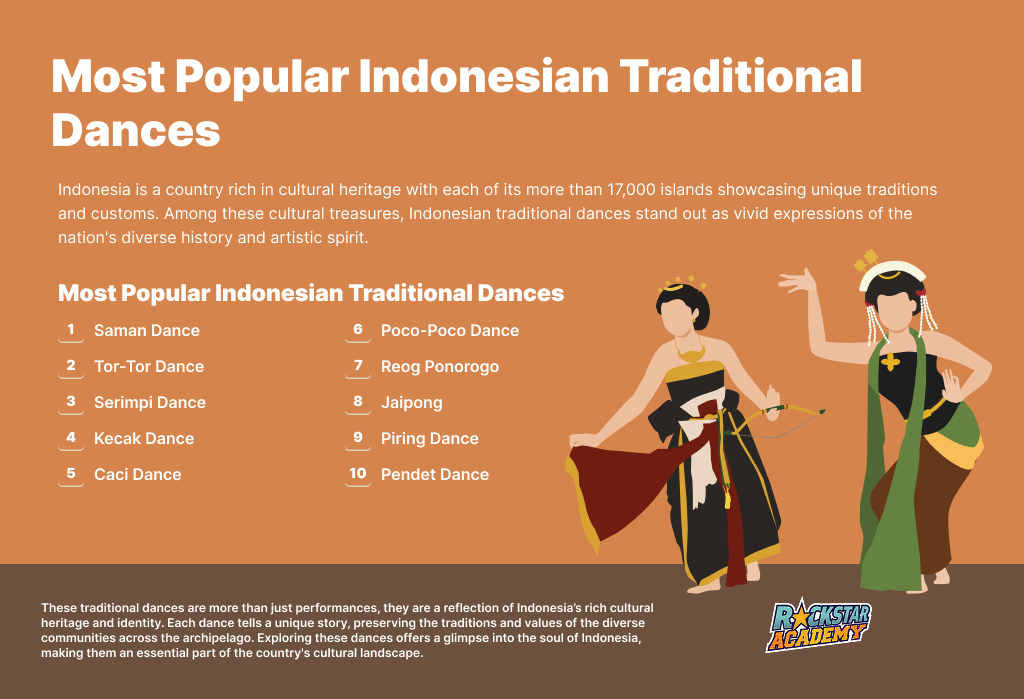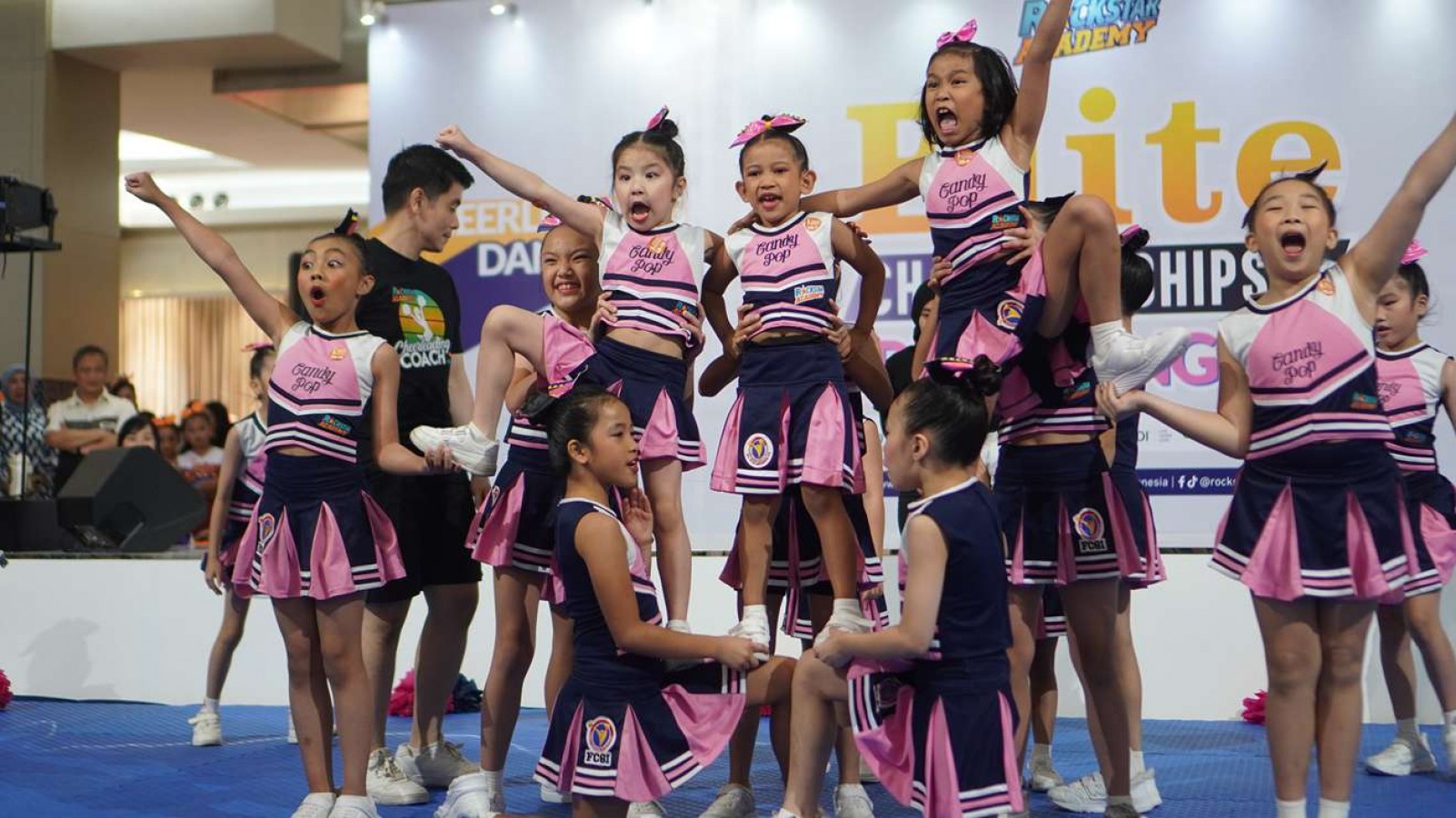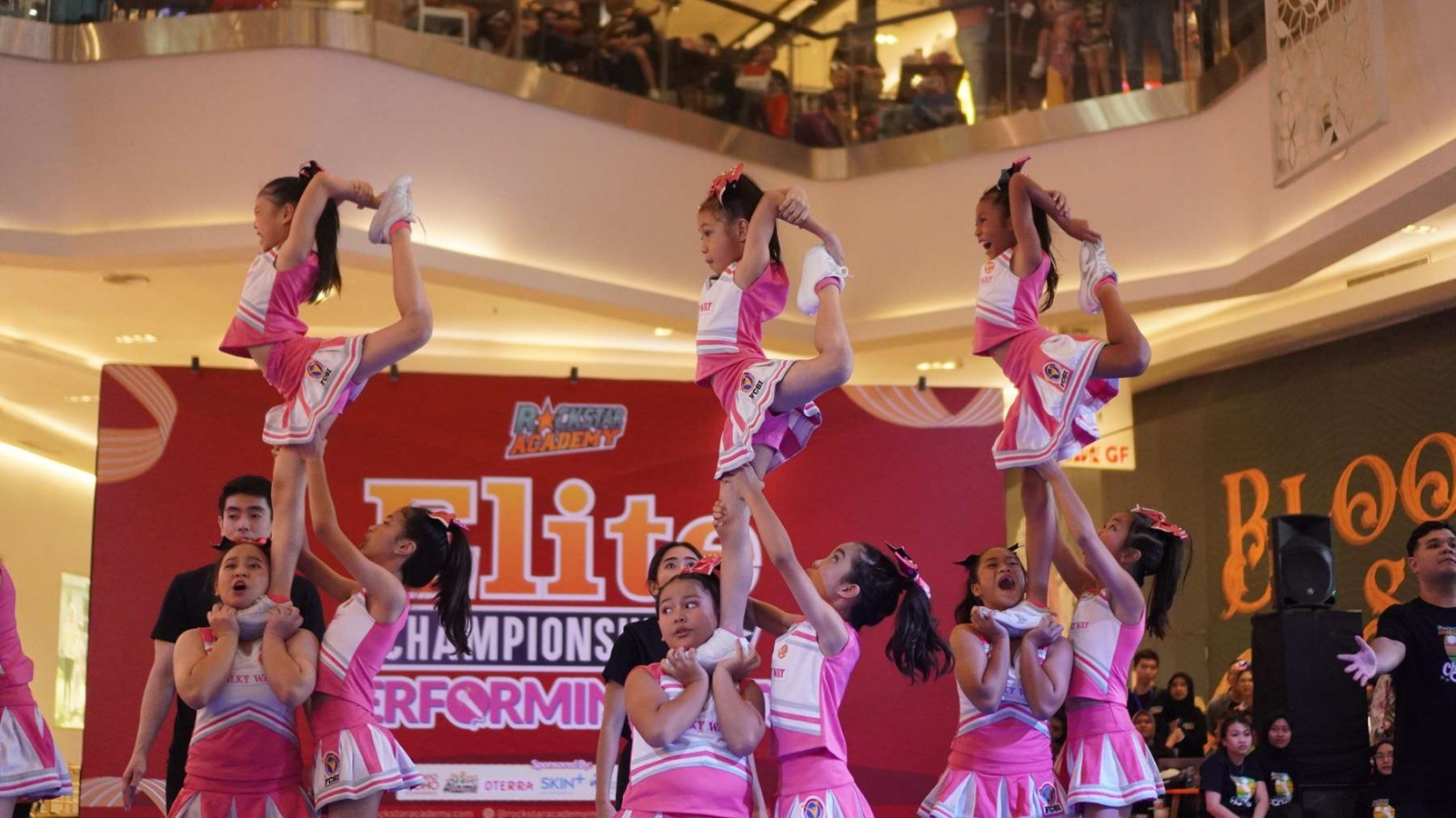Top 10 Most Popular Indonesian Traditional Dances

Indonesia is a country rich in cultural heritage with each of its more than 17,000 islands showcasing unique traditions and customs. Among these cultural treasures, Indonesian traditional dances stand out as vivid expressions of the nation's diverse history and artistic spirit.
From the energetic and acrobatic movements of the Kecak Dance in Bali to the graceful and symbolic gestures of the Saman Dance from Aceh, Indonesian traditional dance offers a mesmerizing glimpse into the country's history and spiritual life.
In this article, we will explore the top 10 most popular Indonesian traditional dances, showcasing the beauty and significance of each performance.
Most Popular Indonesian Traditional Dances
Indonesia boasts a diverse array of traditional dances that reflect its unique heritage. These dances, with their intricate movements and vibrant costumes, tell stories of the past, celebrate the present, and preserve the country's cultural identity.
Here, we explore the top 10 most popular Indonesian traditional dances, each a testament to the nation's artistic excellence:
1. Saman Dance
The Saman Dance, originating from Aceh, Sumatra, is renowned for its fast-paced rhythmic movements and intricate hand gestures.
It is performed in groups (known as 'saman' or 'one thousand hands') and traditionally accompanied by chants or Islamic hymns.
The dance reflects unity, harmony, and devotion, often performed to celebrate important events or religious ceremonies.
2. Tor-Tor Dance
Hailing from North Sumatra, the Tor-Tor Dance is a traditional dance of the Batak people. It is performed during rituals and ceremonies, especially funerals.
The dance is believed to summon ancestral spirits and seeks to maintain harmony between the spiritual and earthly realms. Its movements are characterized by slow, deliberate steps accompanied by traditional gongs and drums.
3. Serimpi Dance
Originating from the Javanese courts of Central Java, the Serimpi Dance is an elegant court dance performed by female dancers wearing intricate Javanese costumes.
It portrays grace, beauty, and refinement, reflecting the cultural sophistication of the Javanese royal courts. The dance often narrates ancient Javanese tales or expresses themes of love and nobility.
4. Kecak Dance
Also known as the 'Monkey Dance,' the Kecak Dance originates from Bali and is famous for its dramatic portrayal of the Ramayana epic.
Unlike traditional dances, the Kecak involves a large group of male dancers chanting "cak" in rhythmic patterns, creating a hypnotic atmosphere.
It symbolizes the battle between good (Prince Rama) and evil (King Ravana), showcasing Bali’s vibrant artistic traditions and spiritual beliefs.
5. Caci Dance
The Caci Dance is a traditional dance from the Manggarai district in Flores, East Nusa Tenggara. It is a whip fighting dance performed by two male dancers adorned with protective gear and buffalo leather whips.
The dance represents courage, skill, and masculinity, often performed during Penti, a harvest festival celebrating the end of the agricultural season.
6. Poco-Poco Dance
Originating from North Sulawesi, the Poco-Poco Dance gained popularity in the 1990s as a line dance that promotes community spirit and physical fitness.
Its repetitive, simple steps are accompanied by upbeat music, making it a favorite at social gatherings and fitness events. The dance symbolizes unity and joy, encouraging participants to move in harmony with one another.
7. Reog Ponorogo
Reog Ponorogo is a traditional dance and mask performance originating from Ponorogo, East Java. It features a dramatic lion-like mask (singa barong) worn by a dancer who carries a heavy headpiece while performing acrobatic movements.
The dance symbolizes mythical stories and spiritual forces, showcasing bravery and strength within Javanese culture.
8. Jaipong
Jaipong is a vibrant and sensual dance from West Java. This dance is characterized by rapid hip movements and expressive gestures. It blends traditional Sundanese dance with elements of local music (gamelan) and modern influences.
Jaipong originated as a village celebration dance but has evolved into a popular performance art that celebrates joy, sensuality, and cultural identity.
9. Piring Dance
The Piring Dance, originating from the Minangkabau culture of West Sumatra, features dancers balancing plates (piring) in each hand.
Accompanied by traditional music and intricate footwork, the dance symbolizes gratitude, prosperity, and harmony within the community. It is often performed during cultural festivals and celebrations, showcasing the agility and skill of the dancers.
10. Pendet Dance
The Pendet Dance is a sacred dance from Bali performed by female dancers in traditional Balinese attire. It involves delicate hand movements and flower offerings, symbolizing purification and welcoming deities during religious ceremonies.
The dance embodies devotion, spirituality, and the Balinese Hindu belief in maintaining balance and harmony with the divine.
Explore the Beauty of Its Dances Today!
These traditional dances are more than just performances, they are a reflection of Indonesia’s rich cultural heritage and identity. Each dance tells a unique story, preserving the traditions and values of the diverse communities across the archipelago.
Exploring these dances offers a glimpse into the soul of Indonesia, making them an essential part of the country's cultural landscape.
Immerse yourself in the artistry and joy of dance with the Dance Program at Rockstar Academy, a premier Sports & Performing Arts Academy dedicated to nurturing talent and creativity.
If you're a beginner eager to learn the basics of how to dance or a seasoned dancer preparing for the Dance Recital, Dance Elite Championships and RockOlympics, our program offers a comprehensive curriculum designed to inspire and challenge.
Experience top-notch instruction, state-of-the-art facilities, and a supportive community of fellow dancers. Join us today and discover the magic of dance, sign up now for a free trial and unleash your potential on the dance floor!

FAQ
Which traditional dance is popular in Indonesia?
The Kecak Dance from Bali, known for its dramatic portrayal of the Ramayana epic, is one of Indonesia's most popular traditional dances.
What do Indonesian traditional dances represent?
These dances often symbolize spiritual beliefs, historical narratives, rituals, and social customs within Indonesian society.



